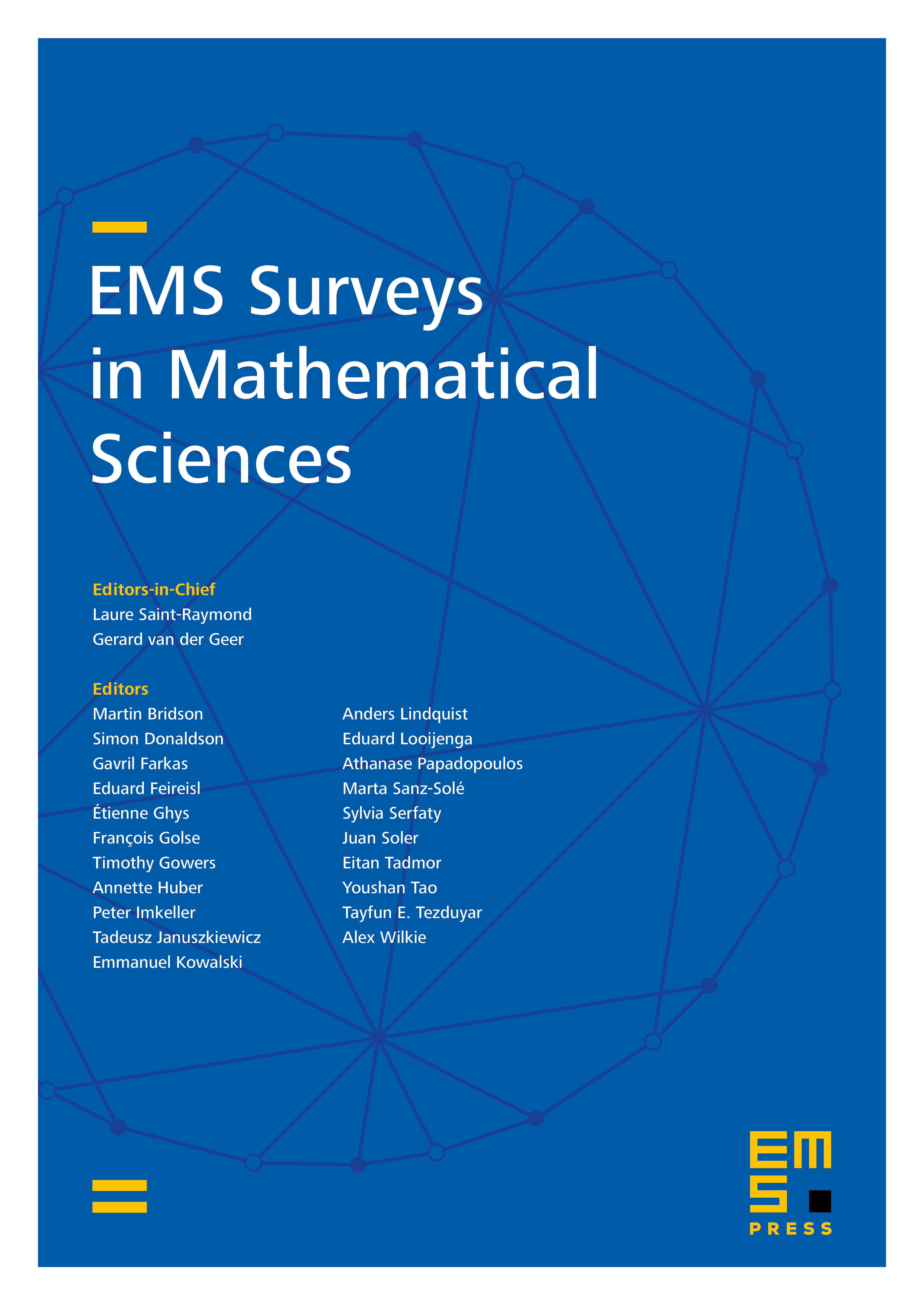Rational homotopy via Sullivan models and enriched Lie algebras
Yves Félix
Université Catholique de Louvain, Louvain-la-Neuve, BelgiumSteve Halperin
University of Maryland, Durham, USA

Abstract
Rational homotopy theory originated in the late 1960s and the early 1970s with the simultaneous but distinct approaches of Quillen (1969), Sullivan (1977) and Bousfield–Kan (1972). Each approach associated to a path connected space an “algebraic object” which is then used to construct a rational completion of , . These constructions are homotopy equivalent for simply connected CW complexes of finite type, in which case and . Otherwise, they may be different; in fact, Quillen’s construction is only available for simply connected spaces.
In this review, discussion is limited to Sullivan’s completions, and the notation is reserved for these. We briefly review the construction, and follow that with a review of developments and examples over the subsequent decades, but often without the proofs. Since the explicit form of Sullivan’s completion has lent itself to a wide variety of applications in a range of fields, this survey will necessarily be modest in scope.
Cite this article
Yves Félix, Steve Halperin, Rational homotopy via Sullivan models and enriched Lie algebras. EMS Surv. Math. Sci. 10 (2023), no. 1, pp. 101–122
DOI 10.4171/EMSS/67